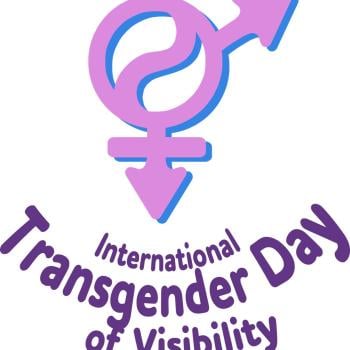Editors' Note: This article is part of the Patheos Public Square on the March from Selma: Fifty Years Later. Read other perspectives here.
In 1965, participants of the American Civil Rights Movement from around the country gathered in Selma, Alabama to walk fifty-four miles to Montgomery, Alabama. The purpose of the walk was to make a statement: to voice the need for protection of non-violent protest marchers and a federal law ensuring the right of all citizens, regardless of race, to vote in all levels of government. For those not familiar, the 14th and 15th Amendments of the Constitution, ratified ninety-five years prior to the CRM, prohibited U.S. governments (federal and state) from denying the right to vote for its citizens, including those previously counted as chattel slaves. In the intervening years numerous state and local governments, particularly in the south, established laws that effectively eliminated the possibility for African Americans to vote. The use of the legal and political structures to limit the civil rights of African Americans became more largely known as the Jim Crow laws.
It would be ninety-five years before the federal government intervened with the Civil Rights Voting Act to oversee that our political structures were indeed fair in not discriminating against minorities. That's a long time to see justice enforced. In all likelihood were it not for the march from Selma to Montgomery and the persistence of religiously-motivated peaceful protesters we might have not seen any change that the Voting Rights Act helped inaugurate.
A lot of Americans today mistakenly believe that race relations improve naturally over the course of time, as if American history had no long term effects and as if whites, blacks, Latinos, and Asians had just encountered each other for the first time in the past ten years (as opposed to the reality that American history entails multiple racial group encounters dating back several centuries). This ahistoricity is both the exceptional and worrisome characteristic that plagues our conversations about race relations. It explains to some extent the indefatigable belief that racism is a thing of the past. In fact researchers often point this out in analyses of attitudes regarding race and interracial relationships/marriage. In the former we see that racial antipathy seems to be waning — more white Americans have issues with atheists than they do racial minorities. In the latter, the rate of interracial marriages continues to climb since the Supreme Court overturned antimiscegenation laws in Loving v. Virginia in 1967. Among Christian Americans, churches that have a racial super-majority (80 percent of one group) are declining and being replaced by churches defined as multiracial. It would appear then that Americans have favorable attitudes toward other racial groups, will marry across racial lines, and worship together in the same congregations.
But the picture turns murky when we consider other evidence. Removing structural barriers that prevent political participation is one thing; addressing what is termed "implicit bias" or "aversive racism" especially for people in positions of power is another. In the early 2000s, sociologist Devah Pager conducted an audit study where two actors — one black, one white — sought white collar jobs. Besides race, they differed in that half of the time their resume listed that they served time in prison and the other half made no mention of this. Employers were more likely to call back the white candidate, even when he had a criminal record.
Legal scholar Michelle Alexander pointed to the clear evidence of disproportional sentencing and imprisonment of black men relative to their presence in the national population describing this as the New Jim Crow. Even if African Americans are never incarcerated, their retention rate in college is disproportionally lower. And even if they graduate from college, they will likely be unemployed longer than whites. And if they land a job (recall the earlier study by Pager) their salaries will be lower than whites. If they have reached the point where they need a loan to purchase their first home, a sign of wealth development, they will face higher interest rates compared to whites. In the long run, they will accumulate less equity from their homes relative to whites under the same conditions.




